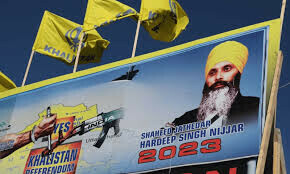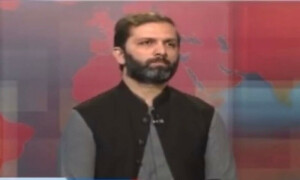AS Afghan President Hamid Karzai arrives in the US for talks this week, American officials have busy been shaping the debate on the post-2014 US military footprint in Afghanistan. First, it was reported that Gen Allen, the exiting commander of US forces in Afghanistan, had sent three options to the Pentagon: 6,000, 10,000 or 20,000 troops — the higher the number, the larger the mission presumably. Still, his high-end figure was short of the military hawks’ dreams: 34,000-60,000 troops to be left behind for a muscular counterterrorism force and to provide support to the Afghan security forces. Over the weekend, the White House has hit back, leaking to the media that it asked for and was provided lower troop estimates by the Pentagon, between 3,000 and 9,000 troops to be left behind after 2014. The public wrangling between the Obama White House and the US military over troop levels in Afghanistan has quite a history: pre-publication reviews of Gen McChrystal’s memoirs sheds some new light on how the military pushed for, and the White House tried to resist, a big surge of troops in Afghanistan in 2009.
This time, though, it seems likely the White House will largely get its way. A military footprint of less than 10,000 in Afghanistan may seem to be dictated by political considerations in the US, but then neither has the US military really been able to articulate an achievable mission and strategy in Afghanistan that would justify a massive troop presence. One of the benefits of the Petraeus resignation scandal has been that US military leadership has come under greater scrutiny, with questions being asked about whether the generals know what they are doing or have the ability to deliver lasting results in counter-insurgency situations. Even now, there is a push by the US military to at least maintain the present level of troops in Afghanistan — around 66,000 — as close as possible to the deadline for withdrawal at the end of 2014. It is a demand that may have some military logic but on the surface appears to be rooted in the theory that, for long as possible, more is better — hardly stirring.
Reaching a decision now on foreign troop levels post-2014 will have a significant impact on what happens in the next couple of years, particularly whether the Taliban will be tempted to come to the negotiating table, whether the Afghan government will absorb the implications of losing its safety net and scramble to perform better and if the Afghan security forces will be ready to lead. But before those tough questions can be answered, it remains to be seen if the mercurial Mr Karzai will cooperate with or resist US plans.











































